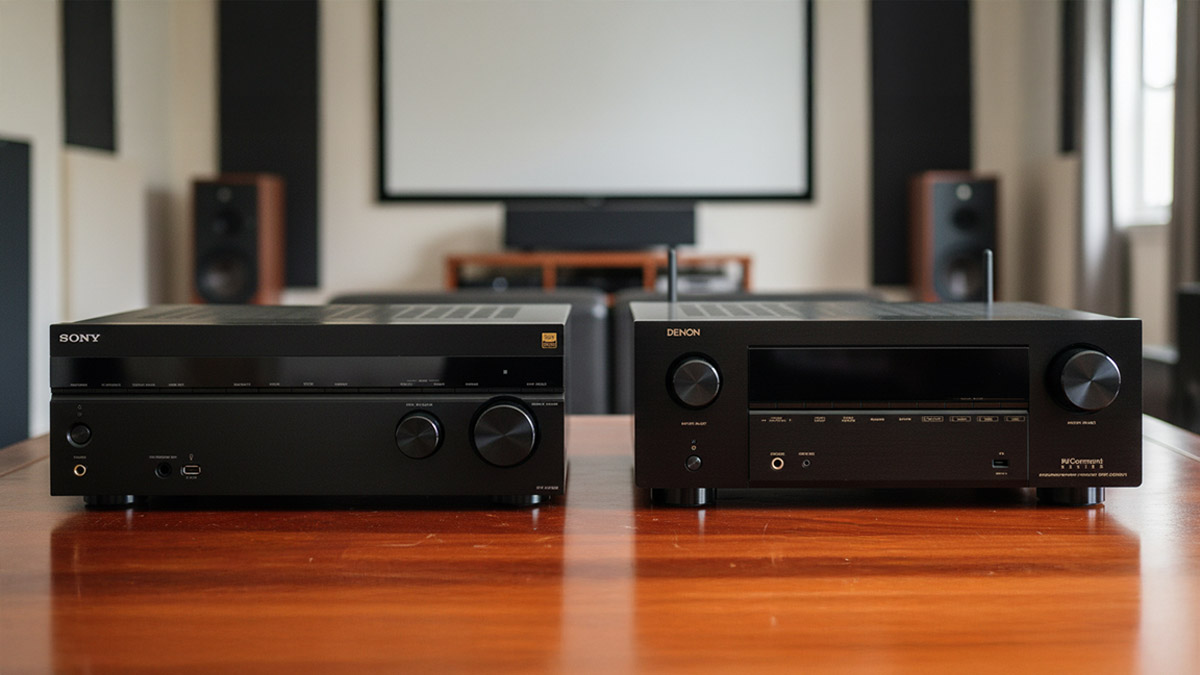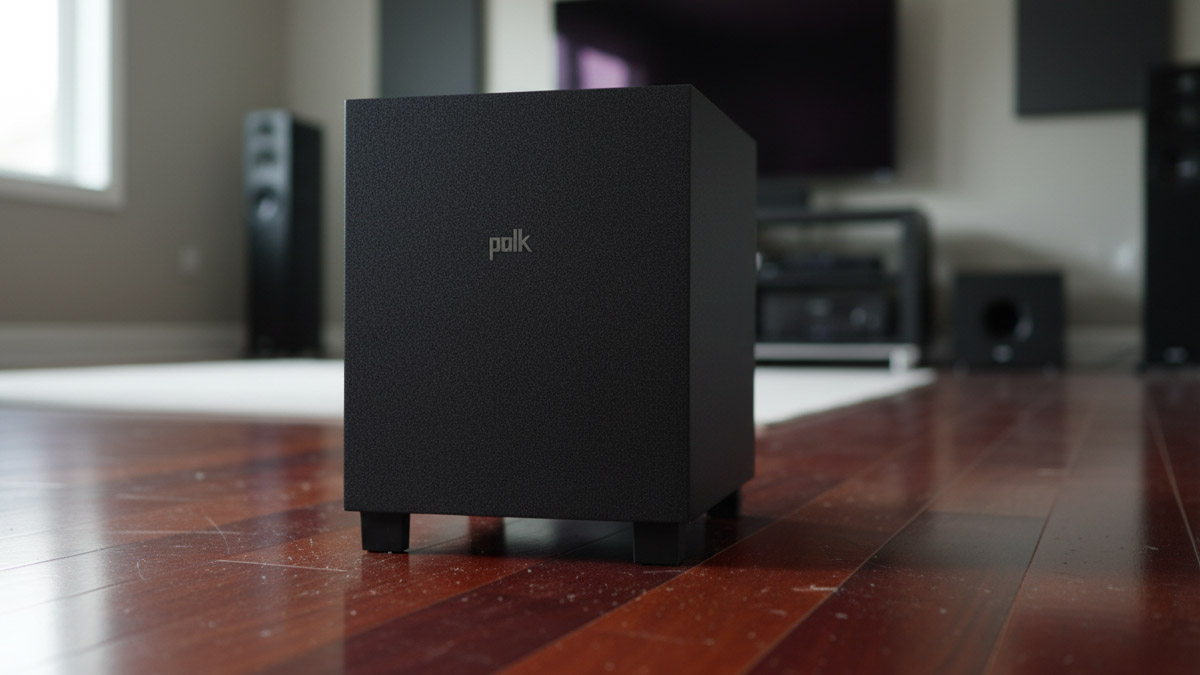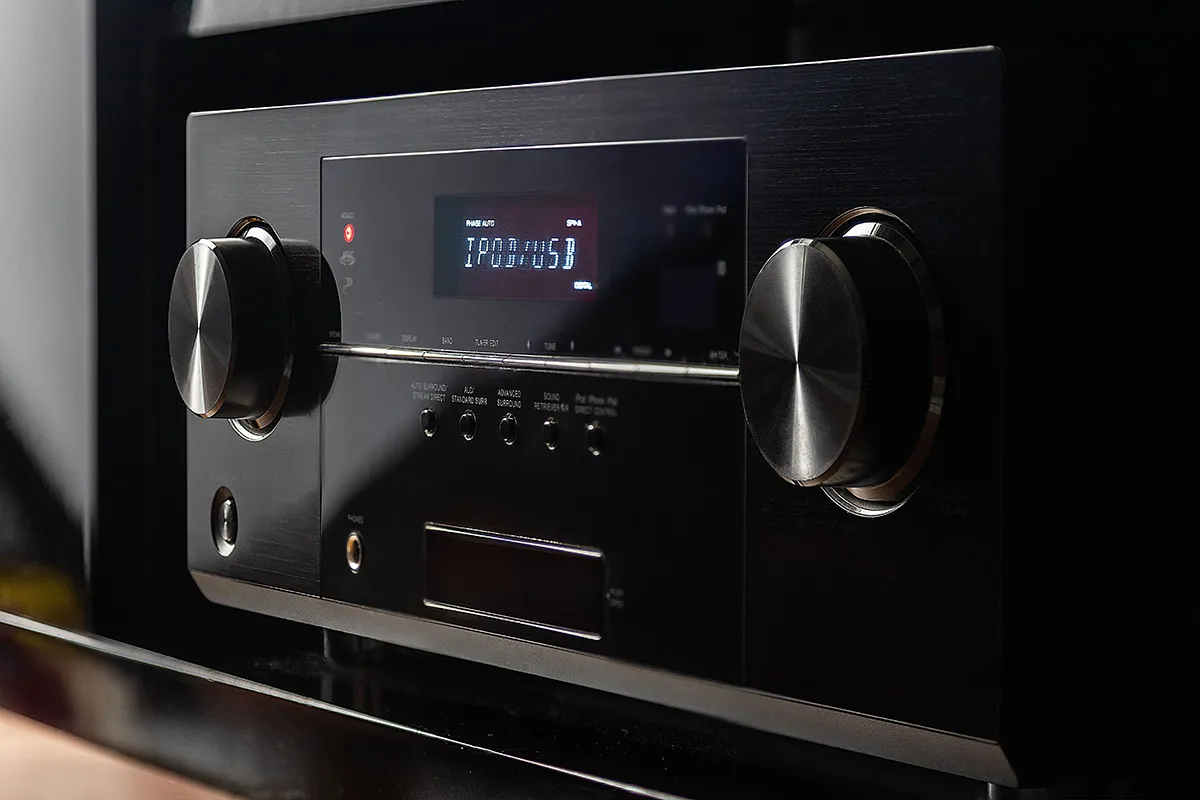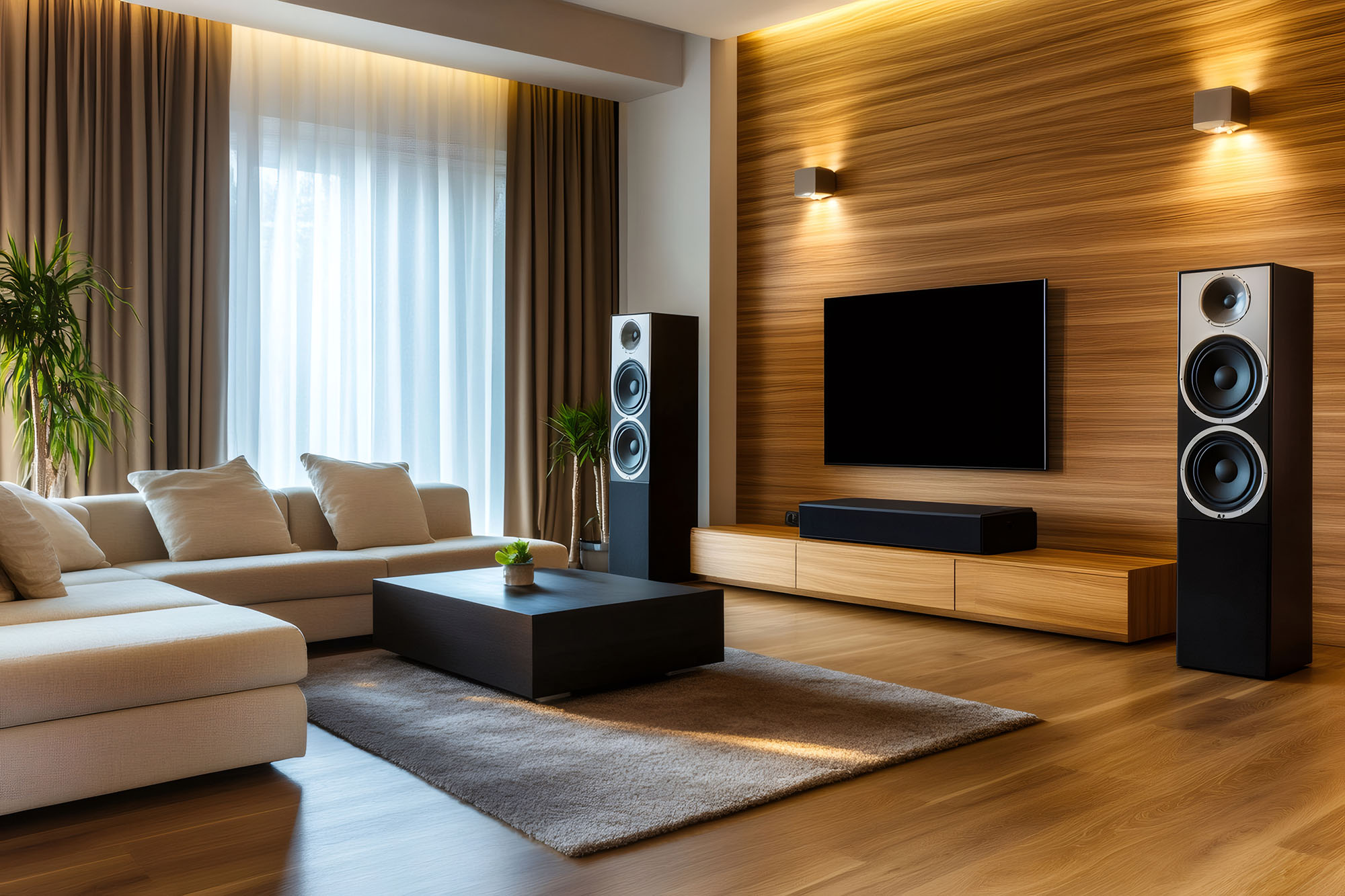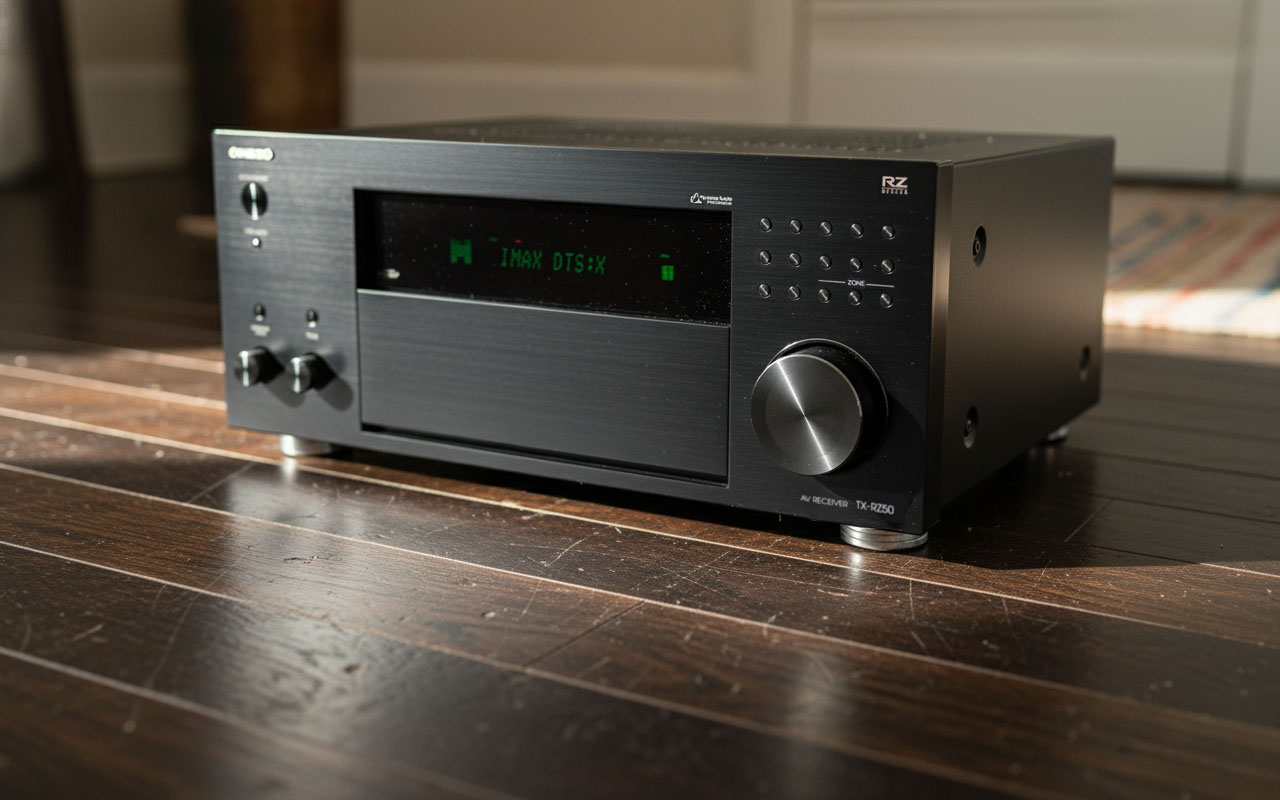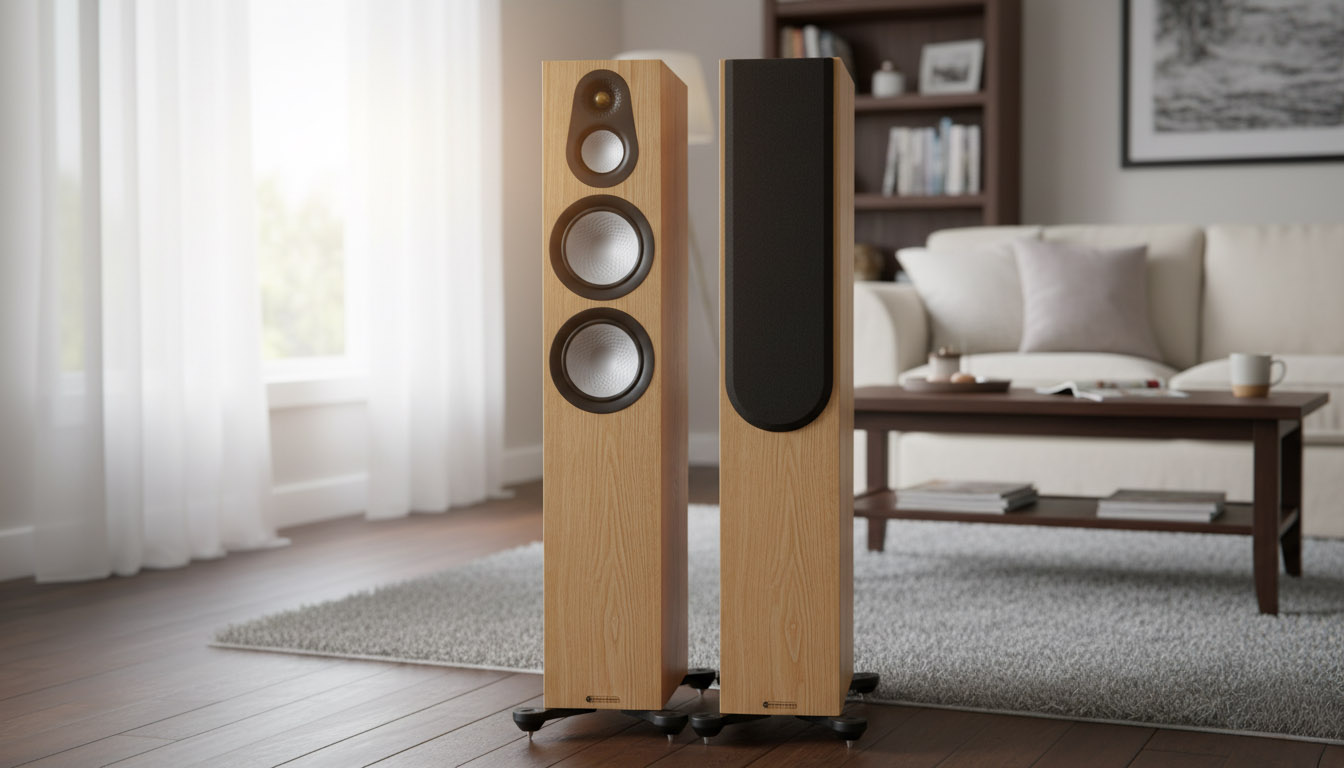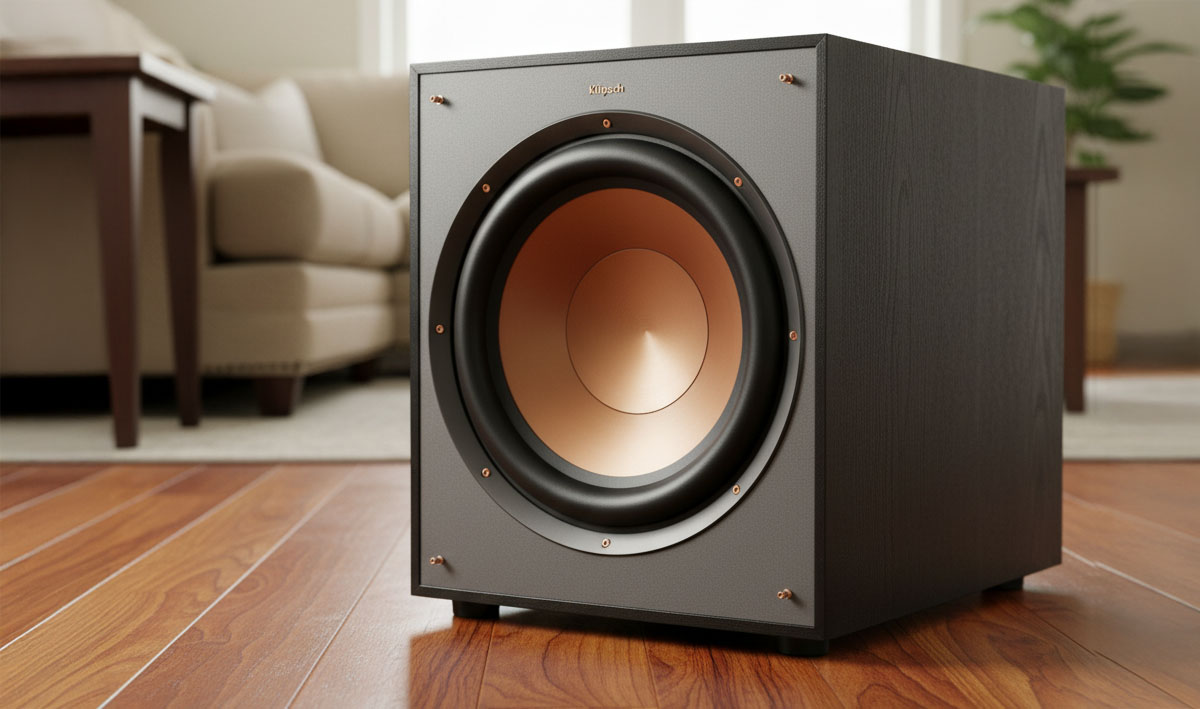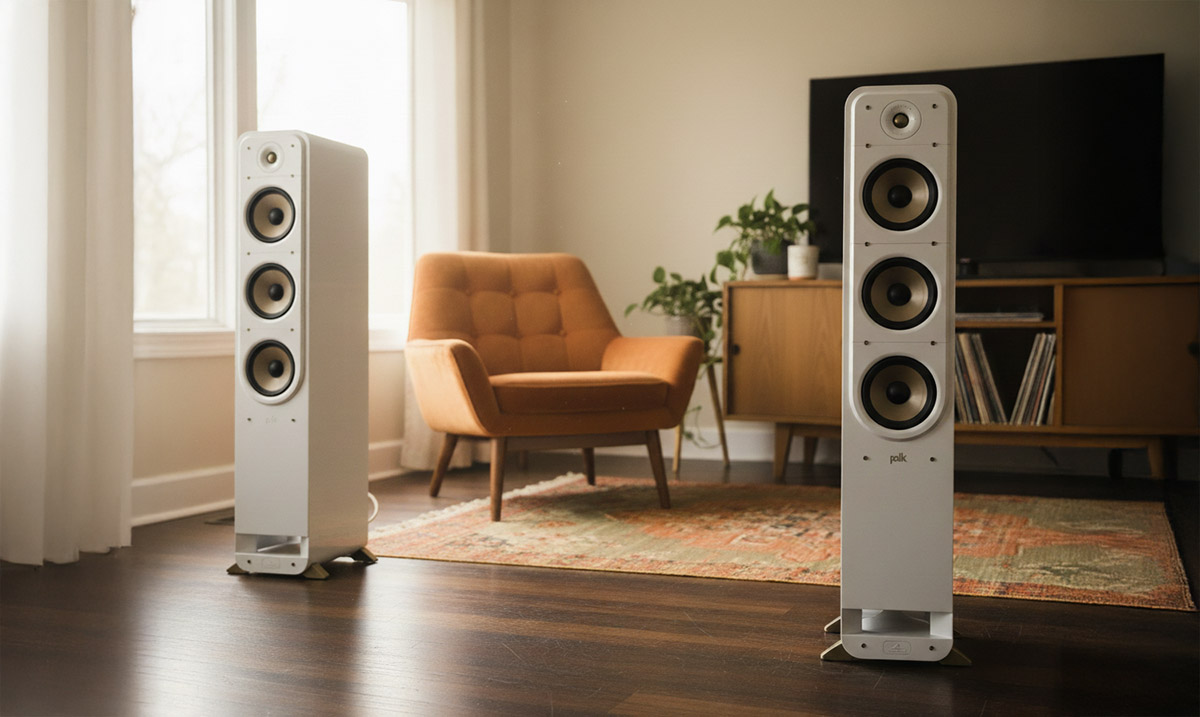Quick Take
The Polk Signature Elite ES20 aims for big room presence from a bookshelf footprint. Owners praise its smooth, non fatiguing treble, clear voices, and fuller than expected bass from the Power Port. It plays happily with everyday receivers and forgives less than ideal rooms. The tradeoff is a slightly warm balance and a cabinet that likes some space from walls. If you want forward sparkle first, other brands may suit you better, but for many living rooms the ES20 delivers a wide, satisfying sound without fuss.
Pros
![]() Clear dialogue with a relaxed, non fatiguing treble
Clear dialogue with a relaxed, non fatiguing treble
![]() Satisfying midbass weight for a bookshelf speaker
Satisfying midbass weight for a bookshelf speaker
![]() Forgiving setup, enjoyable at low to moderate volume
Forgiving setup, enjoyable at low to moderate volume
![]() Solid build and finish for the size, feels substantial
Solid build and finish for the size, feels substantial
![]() Easy to drive with mainstream AVRs and integrated amps
Easy to drive with mainstream AVRs and integrated amps
Cons
![]() Needs breathing room, too close to walls can thicken bass
Needs breathing room, too close to walls can thicken bass
![]() Leans warm rather than razor detailed up top
Leans warm rather than razor detailed up top
![]() Large for a bookshelf, stands are strongly recommended
Large for a bookshelf, stands are strongly recommended
![]() True deep bass still benefits from a subwoofer for movies
True deep bass still benefits from a subwoofer for movies
Introduction
The Polk Signature Elite ES20 sits in a sweet spot. It is large enough to sound like a small tower in a medium room, yet compact enough to live on proper stands beside a TV console. You get a 1″ terylene dome tweeter, a 6.5″ mid bass driver, and Polk’s Power Port tuned for clean punch. The design brief is simple. Make movie night wider, keep voices intelligible, and work with the kind of receivers people already own.
Owners often describe the ES20 as warm, full, and easy to live with. Voices sit forward enough to follow dialogue without riding the remote. The top end avoids the sharpness that can turn long sessions into chores. If your couch sits a little off to the side, the Elite ES20’s broad stage and forgiving voicing help hold the image together for everyone.
Key Features of the Polk Signature Elite ES20
One inch terylene dome tweeter
The synthetic dome aims for extended response while staying smooth. In practice that means cymbals and ambience carry without splash, and dialogue remains clean at sensible volume. Sensitive listeners in bright rooms tend to prefer this calmer treble.
Six and a half inch Dynamic Balance woofer
The larger cone gives the ES20 more body through the midbass. Movie scores feel anchored and bass guitar lines step forward with shape rather than blur. That extra headroom also makes sub integration easier because the handoff can sit higher or lower without a gap.
Power Port bass tuning
The flared rear port reduces turbulence and tames the one note boom that shows up when small speakers sit near a wall. Day to day you hear tighter thump at modest levels and less chuffing on heavy bass hits.

Hi Res Audio certification
Badges do not make music, but Polk’s voicing target for clean extension and controlled breakup helps the top end stay composed with lossless streaming and vinyl.
Amplifier friendliness
With usable sensitivity and an eight ohm compatible load, the Polk ES20 plays happily with mainstream AVRs. You do not need a power monster to get engaging sound at a normal couch distance.
Home theater ready
The voicing and midbass weight let you cross to a compact sub around 70 to 90 hertz without drawing attention to the crossover. That keeps action scenes lively even at late night levels.
Sound Quality and Setup
Owners constantly praise the Polk ES20 for reproducing clear voices. The center image locks in once you add a little toe in. Second, bass is fuller than you expect from a stand mount. The ES20 will not replace a sub, yet it carries drums and bass guitar with pleasant body for casual music.
Room size and loudness reality check
In a typical medium room with the couch 8′ to 12′ away and a common AVR, the ES20 can deliver peaks in the mid to high 90 decibel range without strain for short movie moments. That is plenty for convincing impact at realistic levels. If you sit farther back or love very high reference playback, a sub takes the heavy lifting so the ES20 can stay clean.
Boundary gain playbook
Moving the cabinets from about 18″ out to about 6″ from the wall can lift the 60 to 100 hertz region by a small but noticeable amount. Start at a forearm’s distance from the wall and slide in by 2″ at a time. If the lower mids get thick, back out a notch. In tight rooms, a loosely fitted foam plug in the port trades some depth for cleaner punch.
Toe in as tone control
Aiming is your first tuning knob. Cross the speaker axes just in front of your head for a smoother top end. Cross behind your seat for a little extra air and sparkle. 5 to 10 degrees can make the difference between relaxed and too forward in a lively room.
Stand height and tilt
Put the tweeters at seated ear height, usually with 24″ to 28″ stands. If voices feel like they float above the screen, tilt the speakers forward a degree or two to lower the image and tighten focus. Small angles matter more than big EQ moves.
Crossover targets that work
When you add a sub, begin at 80 hertz, then try seventy or ninety if the handoff calls attention to itself. Match phase by ear. Play a steady bass line, flip sub phase, keep the setting that sounds fuller at your seat, then trim the sub level. This avoids the common dip that people blame on the mains.
Amplifier pairing by behavior, not headline watts
Because the ES20 is easy to drive, noise floor and damping matter more than chasing huge numbers. A quiet entry AVR from Denon, Yamaha, or Onkyo will do well. If you want a little more grip and blacker backgrounds for two channel listening, a modest Class AB integrated adds control without changing the speaker’s character.
Recording style matchups
Classic rock and older jazz often benefit from the Polk ES20’s relaxed treble. Very bright modern pop can sound cleaner with slight toe out or with the grilles off for a touch more air. Try both, keep the one that feels right after a few days.
Desk and near wall workaround
If placement is tight or you are building a TV stand setup, consider partial port plugs and a 90 to 110 hertz crossover to a compact sub tucked near the front wall. You keep dialogue clean and avoid booming shelves.
How it compares in the same price lane
Against ELAC Debut 2.0 B6.2, the Polk feels warmer and punchier day to day, while the ELAC tracks as a little more linear through the mids. Against Klipsch R series options, the Polk is less forward on top, which can save you in lively rooms. The Q Acoustics 3030i offers similar bass reach with a softer leading edge, great for long playlists. If you want a front row feel for rock shows, Klipsch pulls ahead. If you want long session ease and punch without edge, the ES20 stays in the pocket.
RELATED: Polk Signature Elite ES15 Review
Who Is It For?
Choose the ES20 if you want a bookshelf speaker that sounds a size larger, you value smooth treble and clear voices over razor etched detail, and you plan to watch as much TV and film as music. It suits medium rooms with the couch about 8′ – 12’away. If you sit very close at a desk or crave microscope level detail, a smaller, brighter design may fit better.
Tips to Get the Best Result
- Place the tweeters at ear height on sturdy stands, and start with mild toe in.
- Give the rear port eight to eighteen inches of breathing room, adjust in small steps.
- With a sub, begin at an 80 hertz crossover, set phase by ear, then trim level.
- In bright rooms, try a little more toe in and keep the grilles on for a softer top end.
- Save a night preset on your AVR with dynamic range control on, sub level down two decibels, and center up one decibel for clear late night watching.
Alternatives to Consider
ELAC Debut 2.0 B6.2
Six and a half inch woofer, front port, and a neutral midrange. Bass is taut, the top is polite. A great pick if you want straight line tonality and do not need a larger sense of scale.
Klipsch R-51M
Horn tweeter and higher sensitivity. Plays loud on little power and brings live venue energy. In reflective rooms it can edge bright compared with the Polk’s calmer top end.
Q Acoustics 3030i
Large bookshelf with a six and a half inch driver. Full bass and a laid back presentation. Similar low end reach to ES20, a touch softer on attack and sparkle.
Polk Signature Elite ES15
Smaller cabinet and five and a quarter inch woofer. Easier to place, less weight down low. Shares the family voicing in a more compact package.
Final Thoughts
The Polk Signature Elite ES20 nails the real room brief. It sounds bigger than it looks, keeps treble friendly, and makes dialogue easy to follow. You give it a little space from the wall, you aim it with care, and you lean on a sub for the last octave when you want cinema levels. Do that and you get a speaker that flatters more recordings than it exposes, works with the gear you already own, and turns weeknight streaming into something you will look forward to.
Frequently Asked Questions
Will the ES20 work with my midrange AV receiver?
Yes. Its load and sensitivity suit common AVRs in typical living rooms.
Does it need a subwoofer?
Not for casual music. For modern film effects and the lowest notes, a sub still helps.
Bookshelf or stands?
Stands win most of the time. Ear height and stability improve clarity and imaging.
How close to the wall can I place them?
Start a forearm’s distance from the wall and adjust in two inch steps. If bass thickens, pull them out. If bass feels thin, ease them in.
Is the treble bright?
Most owners hear it as smooth. If you prefer more energy, try a touch of toe out or grilles off. If you want softer, cross the axes a little in front of your seat.
What crossover should I use with a sub?
Begin at 80 hertz. If voices thin out, lower the sub trim by a decibel or two before changing the crossover.
Can I run them near a desk or TV cabinet?
Yes, with compromises. Consider partial port plugs and a higher crossover near one hundred hertz to keep the mids tidy.
Teksignal.com participates in the Amazon Services LLC Associates Program, an affiliate advertising program designed to provide a means for sites to earn advertising fees by advertising and linking to Amazon.com. The reviews on this site are hands-off consensus reviews. We analyzed owner feedback across the internet and manufacturer documentation. We summarize sentiment; we do not republish individual user posts.



